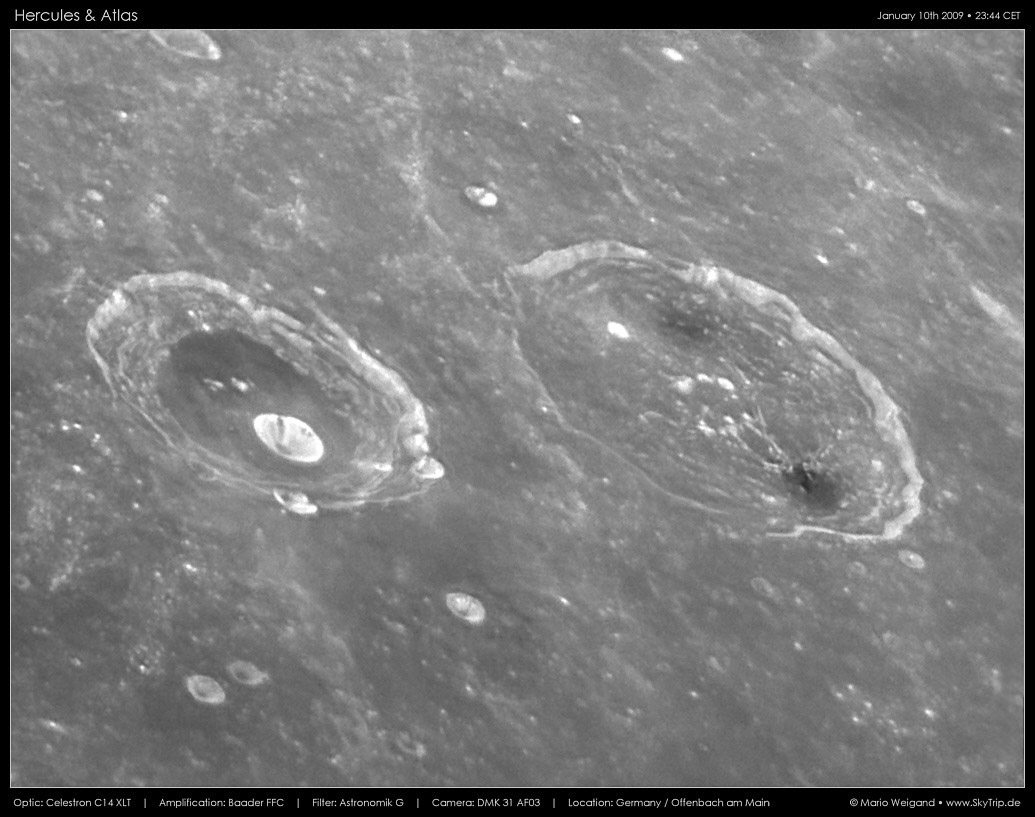Difference between revisions of "March 6, 2009"
| Line 3: | Line 3: | ||
<!-- ws:start:WikiTextHeadingRule:2:<h1> --> | <!-- ws:start:WikiTextHeadingRule:2:<h1> --> | ||
<!-- ws:start:WikiTextLocalImageRule:8:<img src="/file/view/LPOD-Mar6-09.jpeg/61133498/LPOD-Mar6-09.jpeg" alt="" title="" style="width: 900px;" /> -->[[File:LPOD-Mar6-09.jpeg|LPOD-Mar6-09.jpeg]]<!-- ws:end:WikiTextLocalImageRule:8 --><br /> | <!-- ws:start:WikiTextLocalImageRule:8:<img src="/file/view/LPOD-Mar6-09.jpeg/61133498/LPOD-Mar6-09.jpeg" alt="" title="" style="width: 900px;" /> -->[[File:LPOD-Mar6-09.jpeg|LPOD-Mar6-09.jpeg]]<!-- ws:end:WikiTextLocalImageRule:8 --><br /> | ||
| − | <em>image by [mailto:MarioWeigand@gmx.de | + | <em>image by [mailto:MarioWeigand@gmx.de Mario Weigand], Offenbach am Main, Germany</em><br /> |
<br /> | <br /> | ||
| − | This is a wonderful image because it shows the Moon in a way we rarely see it. It is there, we just choose not to observe closely at full Moon because the lack of shadows hides topography. But variations in brightness also reveal things about our satellite. In Mario's [http://www.skytrip.de/monvid257.htm | + | This is a wonderful image because it shows the Moon in a way we rarely see it. It is there, we just choose not to observe closely at full Moon because the lack of shadows hides topography. But variations in brightness also reveal things about our satellite. In Mario's [http://www.skytrip.de/monvid257.htm image] of Atlas and Hercules we see quite well the differences in their interiors. As a summary we could say both have been modified by volcanism, but the mods differ. The smaller crater Hercules has a flat floor, smoothed by an eruption of fluid lavas that covered most but not all of its central peaks, The more recent bright crater Hercules G cuts the basalts, and bright and dark streaks band its walls. The evidence for volcanism in Atlas is provided by the two patches of dark mantle material that erupted from rilles on its floor. In lower Sun, high resolution [http://www.lpod.org/?m=20060403 views,] the rilles are seen to wreath the floor, cutting though a rugged terrain. Atlas is a floor-fractured crater, one where rising lava under the crater lifted and fractured its floor, with a little escaping through cracks as pyroclastics. For some reason, the lava underneath Hercules appears to have been more fluid and escaped to the surface without doming and fracturing the floor. And do you see the dark halo crater north of Atlas?<br /> |
<br /> | <br /> | ||
| − | <em>[mailto:tychocrater@yahoo.com | + | <em>[mailto:tychocrater@yahoo.com Chuck Wood]</em><br /> |
<br /> | <br /> | ||
<strong>Technical Details</strong><br /> | <strong>Technical Details</strong><br /> | ||
| Line 14: | Line 14: | ||
<strong>Related Links</strong><br /> | <strong>Related Links</strong><br /> | ||
Rükl plates [http://the-moon.wikispaces.com/Rukl+14 14] & [http://the-moon.wikispaces.com/Rukl+15 15]<br /> | Rükl plates [http://the-moon.wikispaces.com/Rukl+14 14] & [http://the-moon.wikispaces.com/Rukl+15 15]<br /> | ||
| − | The lunar part of [http://www.skytrip.de/mon.htm | + | The lunar part of [http://www.skytrip.de/mon.htm Mario's website].<br /> |
<br /> | <br /> | ||
<br /> | <br /> | ||
<hr /> | <hr /> | ||
Revision as of 16:10, 11 January 2015
In the Sun

image by Mario Weigand, Offenbach am Main, Germany
This is a wonderful image because it shows the Moon in a way we rarely see it. It is there, we just choose not to observe closely at full Moon because the lack of shadows hides topography. But variations in brightness also reveal things about our satellite. In Mario's image of Atlas and Hercules we see quite well the differences in their interiors. As a summary we could say both have been modified by volcanism, but the mods differ. The smaller crater Hercules has a flat floor, smoothed by an eruption of fluid lavas that covered most but not all of its central peaks, The more recent bright crater Hercules G cuts the basalts, and bright and dark streaks band its walls. The evidence for volcanism in Atlas is provided by the two patches of dark mantle material that erupted from rilles on its floor. In lower Sun, high resolution views, the rilles are seen to wreath the floor, cutting though a rugged terrain. Atlas is a floor-fractured crater, one where rising lava under the crater lifted and fractured its floor, with a little escaping through cracks as pyroclastics. For some reason, the lava underneath Hercules appears to have been more fluid and escaped to the surface without doming and fracturing the floor. And do you see the dark halo crater north of Atlas?
Chuck Wood
Technical Details
01/10/2009. Celestron C14 XLT with DMK 31 AF03.
Related Links
Rükl plates 14 & 15
The lunar part of Mario's website.



